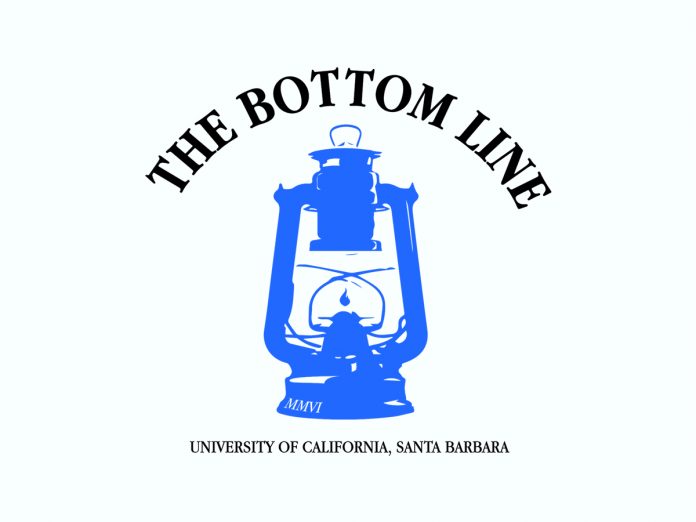Jacob Wong
National Beat Reporter
Over the past month, UCSB has been a participant in the Cool Campus Challenge, a UC-wide contest aimed at educating students and faculty alike about carbon neutrality and the positive impact that reduced carbon emissions can have on the environment.
The challenge, which was birthed out of a partnership between the University of California and the UC Berkeley-based CoolCampus Network, is not a new concept — in 2015, UC Irvine was declared the “winner” of the first Cool Campus Challenge after drawing in 3,969 participants (UCSB came in sixth with 1,423). Four years later, however, the contest has not abandoned its original mission.
The Cool Campus Challenge, both the 2015 contest and this year’s iteration, are a part of the Carbon Neutrality Initiative (CNI), a commitment made by UCOP in 2013 to achieve net zero carbon emissions by 2025.
Conceding that the carbon emissions goal was a “steep mountain,” Napolitano stated at the time, “The good news is that research universities like UC are in the business of breaking through barriers.” She added, “That’s why we call them breakthroughs. It is the essence of what research universities do.”
With six years to go and amid concerns that the university may not hit its target in time, the Cool Campus Challenge signals UCOP’s commitment to the 2025 deadline, as well as its acknowledgement that meeting that goal will require participation from all corners of its campus communities.
“The challenge itself is designed to rally the UC community around the 2025 goal to be carbon neutral,” wrote Samantha Ellman, a CNI fellow and second year environmental science major at UCSB , in an email statement to The Bottom Line. “As opposed to viewing it as something that students are not involved in and have no control over, the challenge is meant to show us that we all have ways in which our carbon footprint can be decreased.”
UC students and faculty can participate by creating an account on the challenge website, which contains educational resources on carbon emissions and suggests “pledges” for participants to take part in aimed at decreasing that person’s carbon footprint. By completing these actions, participants can earn points that go toward the overall score for their campus.
After entries close on the challenge’s scheduled end date of April 26, the campus with the highest point total will be crowned the “Coolest UC Campus” by challenge organizers. Additional prizes and recognition are available to other campuses that participate as well.
At the time of this article’s publishing, UCSB ranks 7th out of the 11 participating UC campuses with 1.9 million points scored by 1,358 participants. Ellman hopes to see that ranking increase by April 26.
“I have seen some of my peers participate in the challenge,” wrote Ellman. “Most have said it is pretty fun and easy to participate.”
While the challenge provides an opportunity for friendly competition between campuses, Ellman stresses that ultimately the goal of the competition is participation, not who wins or loses.
Over the past month, Ellman has tried to spread awareness for the challenge at UCSB by tabling, posting on social media, and presenting at lectures. While these efforts are in part due to her job as a CNI fellow, they are also motivated by a growing urgency to educate those around her about the effects of global climate change.
“According to the IPCC special report on 1.5*C, we only have 11 years to drastically reduce our global emissions,” she wrote. “The consequences of failing to reduce our emissions will be detrimental, so students, faculty and staff being aware of their contributions to the carbon problem is crucial. It is important to get people thinking about not only the UC Carbon Neutrality Initiative, but also the global context.”
In the end, the real winner of the Cool Campus Challenge isn’t the highest-scoring campus or even UCOP, but everyone.











